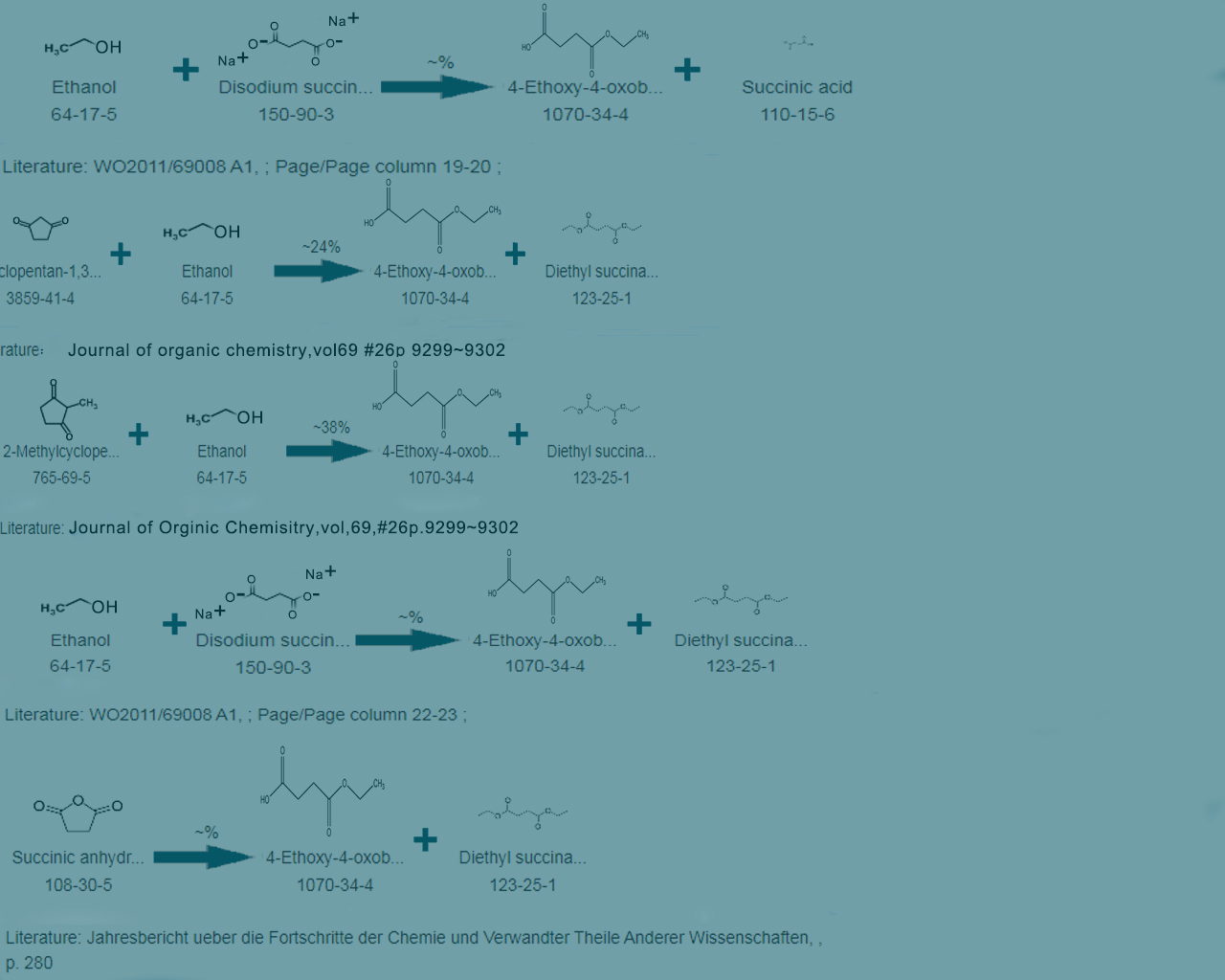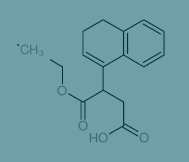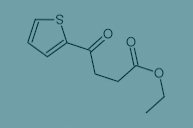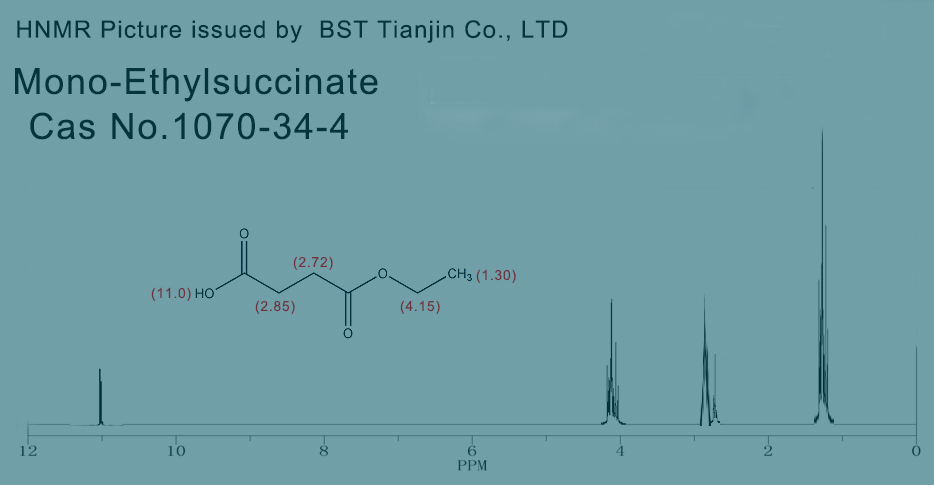Mono-Ethylsuccinate
CAS NO. 1070-34-4
If you need the products .Please send your inquiry to us through e-mail: info@pewax.com.cn
To begin with, let us tell you what is the basic information of Mono-Ethylsuccinate CAS NO. 1070-34-4 ?
|
Flash Point |
168.4ºC |
Molecular Weight |
208.21100 |
|
Density |
1.29g/cm3 |
Boiling Point |
331.4ºC at 760mmHg |
|
Molecular Formula |
C11H12O4 |
Melting Point |
160-161ºC |
Like many stuff, it has many synonyms as follows
|
EINECS 213-973-3 |
|
MFCD00053346 |
|
4-Ethoxy-4-oxobutanoic acid |
|
MONO-ETHYL SUCCINATE |
|
monoethyl succinate |
|
Butanedioic acid, monoethyl ester |
The chemical is very special
If you need the relevant information of products .Please send your inquiry to us through e-mail: info@pewax.com.cn
Molecular structure data
1. Molar refractive index: 33.18
2. Molar volume (cm3/mol): 125.6
3. Isometric volume (90.2K): 317.3
4. Surface tension (dyne/cm): 40.6
5. Dielectric constant: No available
6. Polarization rate (10-24cm3): 13.15
7. Single isotope mass: 146.057909 Da
8. Nominal mass: 146 Da
9. Average mass: 146.1412 Da
Computational Chemistry Data
1. Reference value for hydrophobic parameter calculation (XlogP): 0.5
2. Number of hydrogen bond donors: 1
3. Number of hydrogen bond receptors: 4
4. Number of rotatable chemical bonds: 5
5. Topological molecular polarity surface area (TPSA): 63.6
6. Number of heavy atoms: 10
7. Surface charge: 0
8. Complexity: 130
9. Isotope atomic number: 0
10. Determine the number of atomic structure centers: 0
11. Uncertain number of atomic structure centers: 0
12. Determine the number of chemical bond stereocenters: 0
13. Uncertain number of chemical bond stereocenters: 0
14. Number of covalent bond units: 1
Second, the Synthetic Route we will recommend is the most important for your reference?
First, synthesis line of Mono-Ethylsuccinate CAS NO. 1070-34-4 as follows
If you need the products .Please send your inquiry to us through e-mail: info@pewax.com.cn
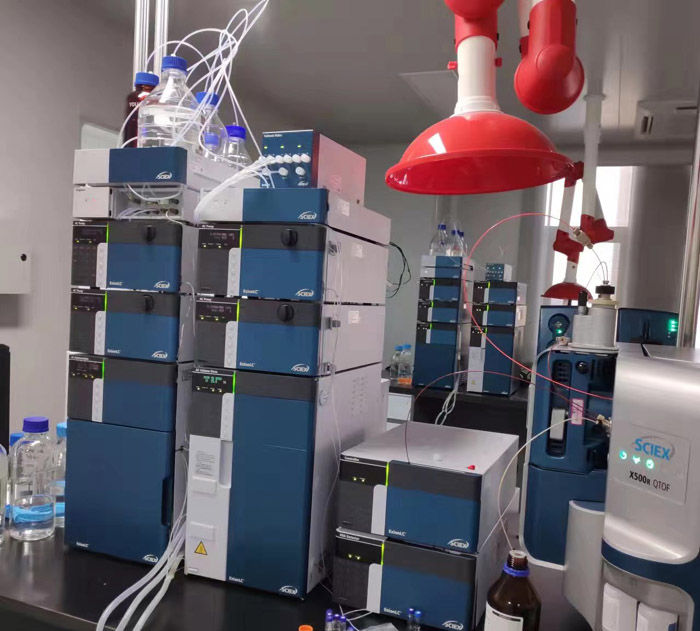
There are many methods for synthesizing monoethyl succinate, and the following will introduce a commonly used method.
Prepare the learned raw materials, including succinic acid and ethanol. Succinic acid is a colorless crystalline solid that can be obtained by oxidation of butene and oxygen under the action of a catalyst. Ethanol is a colorless liquid that can be obtained from sugars through fermentation and distillation.
Next, mix succinic acid and ethanol in a certain molar ratio. The commonly used molar ratio is 1:2, which is 1 mole of succinic acid and 2 moles of ethanol.
Then, add a certain amount of acid catalyst to the reaction mixture. Common acid catalysts include sulfuric acid, phosphoric acid, etc. Acid catalysts can accelerate the reaction rate and promote the esterification reaction between succinic acid and ethanol.
Next, heat the reaction mixture. The synthesis of monoethyl succinate is a thermodynamically exothermic reaction, and heating can increase the reaction rate and product.
After a period of reaction, observe the changes in the reaction mixture. It can be determined whether the reaction has been completed by detecting the presence of succinic acid and ethanol in the reaction mixture. In general, reactions need to be carried out under certain temperature and time conditions to ensure their full progress.
After the reaction is completed, cool the reaction mixture. As the temperature decreases, monoethyl succinate gradually solidifies to form solid products.
Separate solid products through methods such as filtration or distillation. The obtained monoethyl succinate can be further purified and treated to obtain a high-purity product.
In summary, the synthesis of monoethyl succinate is obtained through the esterification reaction of succinic acid and ethanol. During the reaction, an acid catalyst needs to be added to facilitate the reaction. Finally, the product of monoethyl succinate was obtained through steps such as cooling and separation. Monoethyl succinate has a wide range of application fields, and the research and improvement of its synthesis method are of great significance for improving yield and reducing cost
Third, what is the usage of Mono-Ethylsuccinate CAS NO. 1070-34-4 ? pleas see below
If you need the products .Please send your inquiry to us through e-mail: info@pewax.com.cn
Used for the intermediates of pharmaceuticals and as an intermediate in organic synthesis
Other usages as below
Can be used for the synthsis of the chemical, DL-benzylsuccinic acid Cas No.: 36092-42-9
Can be used for the synthsis of the chemical, 3-(3,4-dihydronaphthalen-1-yl)-4-ethoxy-4-oxobutanoic acid Cas No.: 93006-72-5
Can be used for the synthsis of the chemical, ethyl 4-oxo-4-thiophen-2-ylbutanoate Cas No.: 59086-25-8
Besides Safety Information of Mono-Ethylsuccinate CAS NO. 1070-34-4 is also important when handling it
|
Hazard Codes |
Xn,Xi |
|
WGK Germany |
1 |
|
H.S.Code: |
2918990090 |
|
TSCA |
Yes |
|
HazardClass |
IRRITANT |
What is the appearance of Mono-Ethylsuccinate CAS NO. 1070-34-4 ? Please see the picture of Mono-Ethylsuccinate CAS NO. 1070-34-4, below
If you need the products .Please send your inquiry to us through e-mail: info@pewax.com.cn
Specification of Mono-Ethylsuccinate CAS NO. 1070-34-4, is below
Apperance: colorless clear liquid
Assay: 99 % min by GC
IR identity: conform
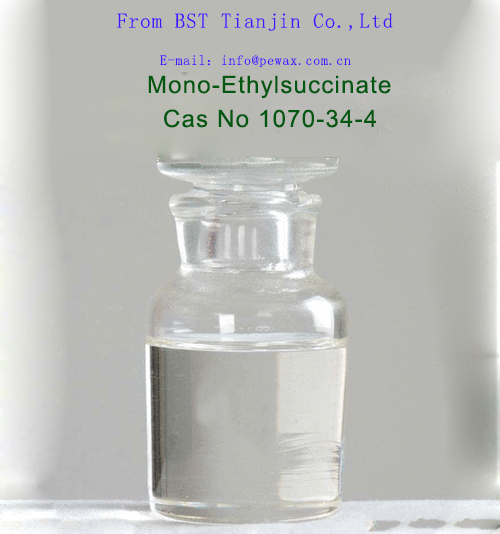
|
HNMR picture of Mono-Ethylsuccinate CAS NO. 1070-34-4 is as follows, |
Reference of Article cited for your reference below,
(1)
PMID: 17006620
Publication Date: 2006
Publication Name: Molecular and Cellular Biochemistry
(2)
Thermodynamics of enzyme-catalyzed esterifications: I. Succinic acid esterification with ethanol
PMID: 28500386
Publication Date: 2017
Publication Name: Applied Microbiology and Biotechnology
(3)
Avermectin B1 5-O-mono-and 4″,5-O, O-bis-derivatization with ethyl succinoyl moiety
Publication Date: 2019
Publication Name: Russian Chemical Bulletin

